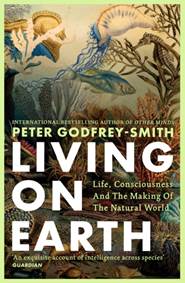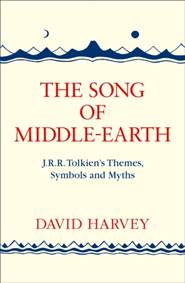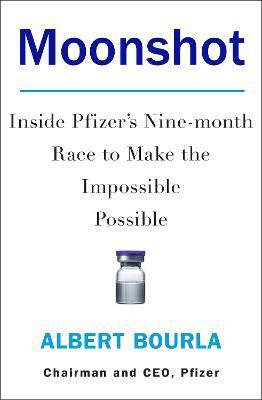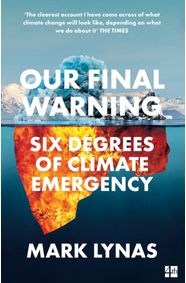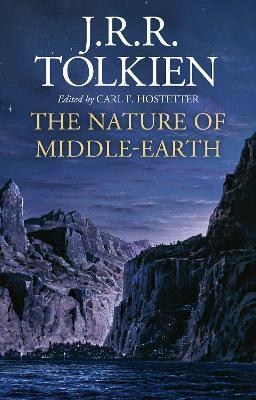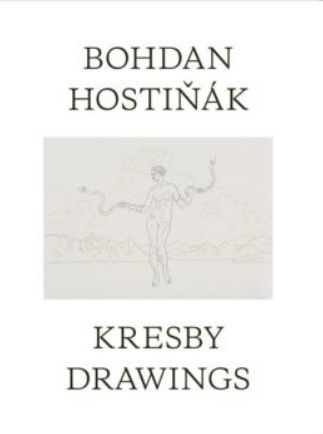Living on Earth
Knihu kúpite v
1 e-shope
od
13,25 €
Knihyprekazdeho.sk
13,25 €
Skladom
(dodanie do 3 dní)
Krátky popis
The eagerly anticipated conclusion to Peter Godfrey-Smith’s
three-part exploration of the origins of intelligence on Earth,
which began with the bestselling Other Minds in 2018 and continued
with Metazoa in 2020. The eagerly anticipated conclusion to Peter
Godfrey-Smith’s three-part exploration of the origins of
intelligence on Earth, which began with the bestselling Other Minds
in 2018 and continued with Metazoa in 2020. Peter Godfrey-Smith,
the scuba-diving philosopher, examined the evolution of sentience
in Other Minds.In Metazoa he asked how that consciousness shaped
and was shaped by animal bodies. Now, in Living on Earth, he takes
that line of questioning a step further, asking, how has life
shaped and been shaped by our planet? He visits the largest living
stromatolite fields, examples of how cyanobacteria began belching
oxygen into the atmosphere as they converted carbon dioxide and
water into living matter using the sun's light. The extraordinary
increase in oxygen in the atmosphere resulted in an explosion in
the diversity of life.And so began a riotous tangle of coevolution
between plants and animals, as each changed the environment around
them allowing others to utilise these new ecosystems and thus new
species to evolve. From cyanobacteria, through algae on to ferns or
trees or grasses, and from protists , through invertebrates and
fish through the dinosaurs and on to birds and mammals – our planet
has seen an explosion of life forms, all reacting to their
environment and all creating new environments that allow other life
to evolve. In our own evolutionary line, an initially unremarkable
mammal changed in new ways, evolving to come out of the trees to
inhabit new savannas and then onto inhabit the whole planet.One of
the most adaptable species ever found on Earth, and arguably the
species causing the most change, humans are still part of this 3.8
billion year history of life forms changing the world around them.
In Living on Earth, Godfrey-Smith takes us on a grand tour of the
history of life on earth. He visits Rwandan gorillas and Australian
bowerbirds, returns to coral reefs and octopus dens, considers the
impact of language and writing, and weighs the responsibilities our
unique powers bring with them, as they relate to factory farming,
habitat preservation, climate change, and the use of animals in
experiments.Living on Earth shows that Humans belong to the
infinitely complex system that is the Earth, and our minds are
products of that system, but we are also an acting force within it.
We are creatures of Earth, but we hold Earth's future in our hands.
It is a responsibility that we must all understand and accept.
